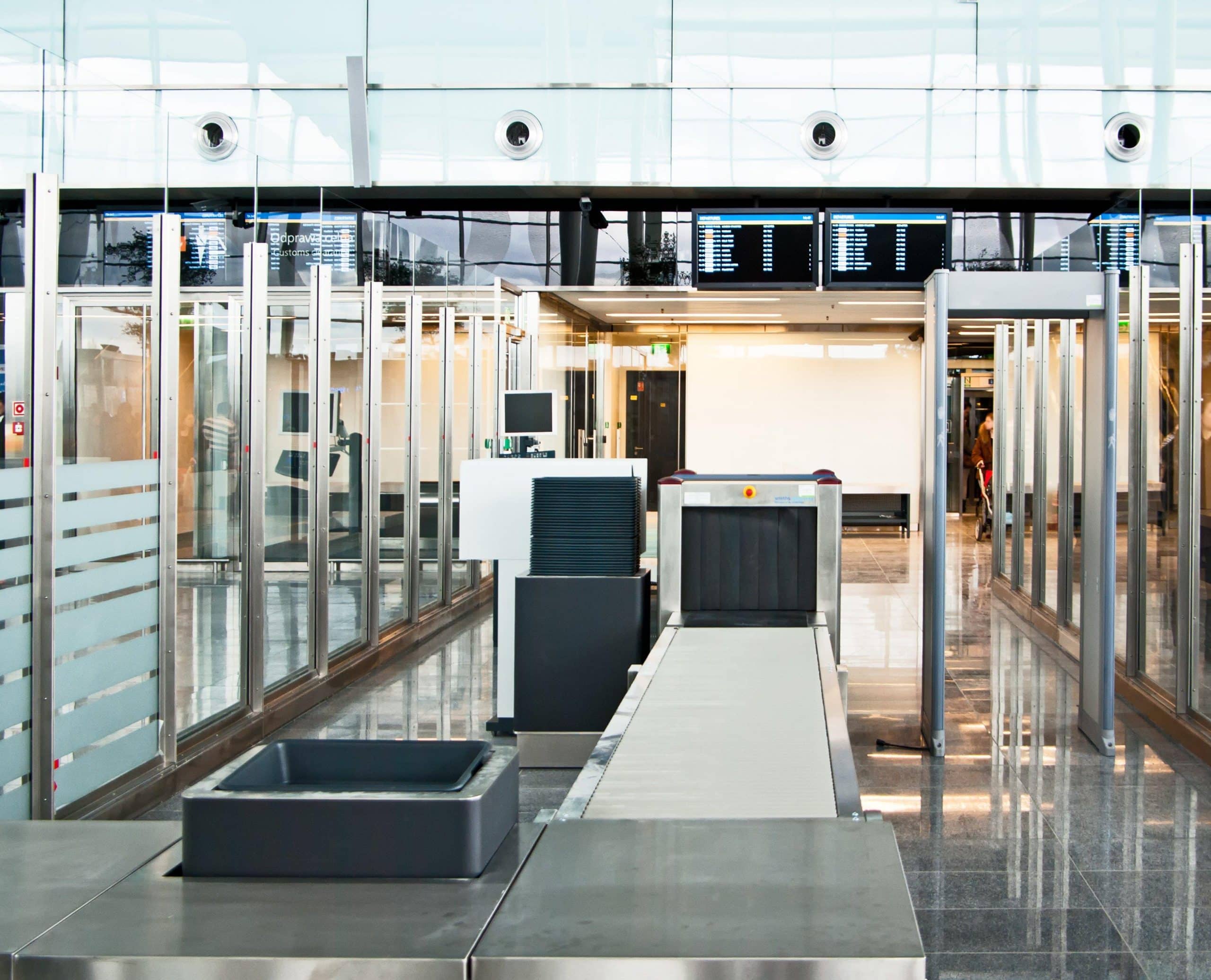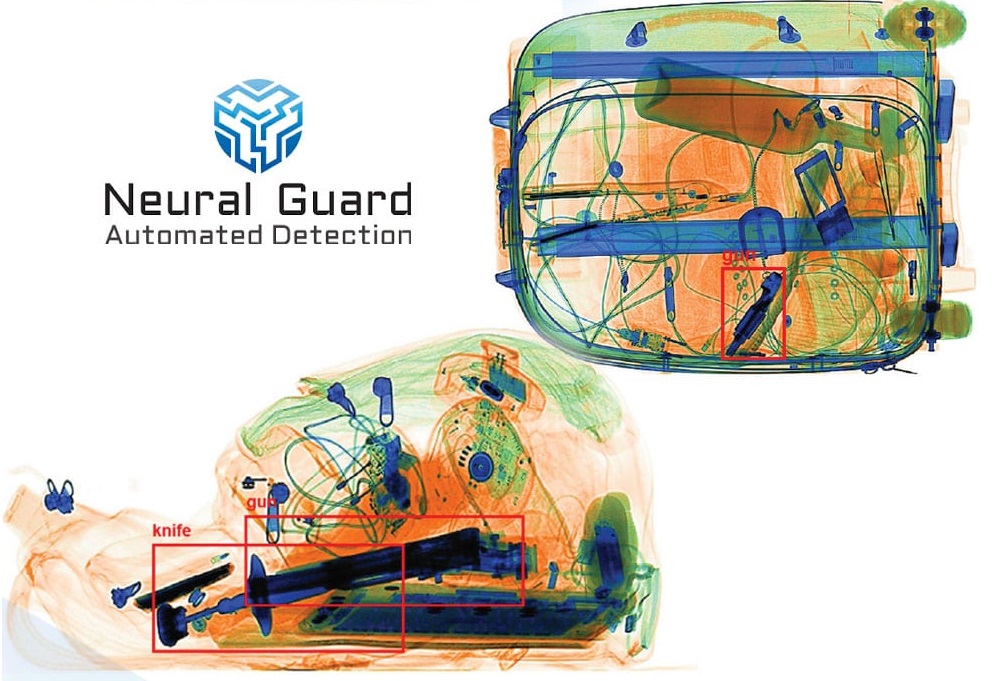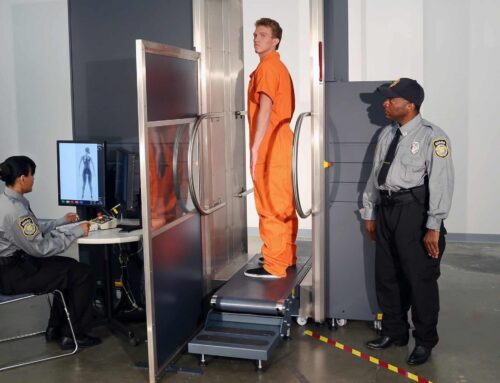In the modern world, airport security is paramount for ensuring the safety of passengers and staff. As threats become more sophisticated, so too must the technology used to counteract them. This article explores the various types of airport security equipment, detailing their functions and importance in maintaining airport safety.
X-ray Scanners
X-ray scanners are fundamental to airport security, primarily used for screening baggage. They produce detailed images of the contents within luggage, allowing security personnel to identify prohibited items such as weapons, explosives, and contraband. There are two main types of X-ray scanners: single-view and multi-view. Single-view scanners provide a single perspective image, while multi-view scanners offer multiple angles, increasing the likelihood of detecting hidden threats.
Metal Detectors
Metal detectors are essential for detecting metallic objects on passengers and within their carry-on items. There are two main types: walk-through metal detectors (WTMD) and handheld metal detectors. WTMDs are used at security checkpoints where passengers walk through a magnetic field that detects metal objects. Handheld metal detectors are used for more precise screening, often in cases where an anomaly has been detected by a WTMD.
Biometric Systems
Biometric systems are becoming increasingly popular in airports due to their ability to enhance security and expedite the passenger screening process. These systems use unique biological characteristics, such as fingerprints, facial recognition, and iris scans, to verify identities. Biometric systems are highly reliable and reduce the need for manual identity checks, thereby speeding up the security process and improving accuracy.
Explosives Detection Systems
Explosives detection systems (EDS) are designed to identify traces of explosive materials on passengers, luggage, and cargo. These systems use various technologies, such as chemical sensors, ion mobility spectrometry (IMS), and computed tomography (CT) scanners, to detect explosives. EDS are critical for preventing terrorist attacks and ensuring the safety of everyone in the airport.
Advanced Imaging Technology
Advanced Imaging Technology (AIT) scanners, also known as body scanners, are used to detect non-metallic threats concealed on a person’s body. AIT scanners use millimeter-wave or backscatter technology to create detailed images that can reveal objects hidden under clothing. These scanners are particularly effective in detecting plastic explosives and other non-metallic weapons.
Surveillance Cameras
Surveillance cameras are a crucial component of airport security, providing constant monitoring of all areas within the airport. Modern surveillance systems use high-definition cameras, often with facial recognition capabilities, to identify suspicious activities and individuals. These systems are integrated with other security measures to provide a comprehensive security network.
Access Control Systems
Access control systems regulate who can enter restricted areas within the airport. These systems use keycards, biometric verification, and PIN codes to grant or deny access. By restricting access to sensitive areas, such as control towers and baggage handling zones, access control systems help prevent unauthorized individuals from compromising airport operations.
Ensuring Airport Safety
Understanding the different types of airport security equipment is essential for appreciating the comprehensive efforts involved in ensuring airport safety. From X-ray scanners and metal detectors to advanced biometric systems, each piece of equipment plays a crucial role in protecting passengers and staff. As technology continues to evolve, airports must stay ahead of emerging threats by adopting the latest security innovations. This multifaceted approach to security helps ensure a safe and secure travel environment for everyone.






